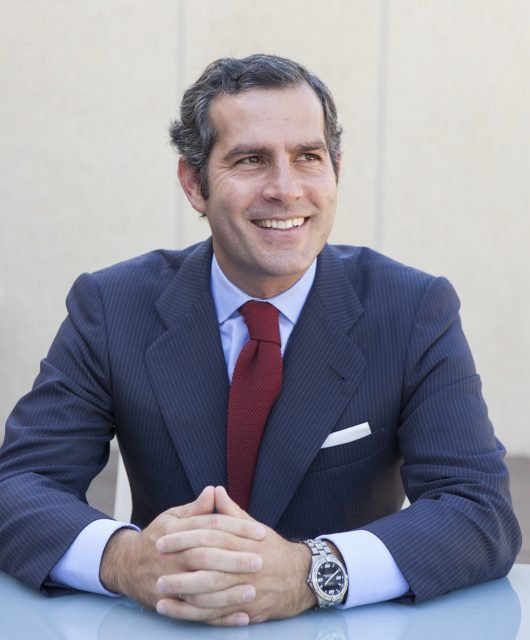In response to an increasingly cluttered communications landscape, there has been a recent undercurrent of professional marketers acknowledging the value of analogue experiences in brand marketing, which is particularly true in the world of luxury. In fact, a recent edition of the Arab Luxury Conference in Dubai highlighted that despite the rise in online shopping, the physical store still remains the preferred option to purchase, and that while conversation about shopping has increased by 75% on social media, only 7% of purchases happen online. Similarly, Hublot’s CEO explained his large in-store investment stating that he did so after the realization that “watches were the last thing customers want to see.” Davidoff cigar stores as well understood the powerful role the tobacco leaf’s smell played at store-level in driving cigar sales, and American Express concluded by unveiling data showing how consumers in the GCC seek less material value and more priceless experiences.
Retail designers would rightly argue that the success of in store design is predicated on the quality of the customer’s experience, and immersing customers through the senses helps them grow closer to the brand, in turn securing return visits. But more often than not, the immersion that brands deliver involves bombarding the senses, versus encouraging genuine acquaintance and engagement. And just like many things in life, there is a lot to learn from nature about creating experience – this is why it is important to discuss a relatively recent technical evolution in experiential retail – biophilic design; the fusion of elements from nature in retail design to create the ideal environment for shoppers.
Brands today invest in big data and measuring consumer interaction with products, it is still astonishing how many brands have not yet fully leveraged a trend at the helm of modern retail interior design: that as human beings we innately seek to affiliate with nature – a topic in biology known as biophilia and when applied to the design realm, is one of the most potent methods of improving the customer experience. Below are key lessons drawn from biophilic design:
Natural Light Leads To More Sales
Natural light has been proven to have important psychological and physical benefits for humans including better sleep, regulating metabolic and circadian rhythms. An environment’s lighting can significantly enhance a person’s mood and has thus become a key pillar in design effectiveness. In fact, the results of daylighting are remarkable: one study found that natural light in retail spaces increased sales by 40% (TerraiMai, 2018). This explains the increase in daylighting solutions visible in some of the region’s commercial and even cultural destinations at the forefront of creating memorable experiences, such as the Dubai Mall and the Louvre in Abu Dhabi.
Greenery Increases Perception Of The Quality Of Your Products
One can easily assess by taking a stroll in some of Dubai’s most aspirational fashion and technology boutiques or in Muscat’s old town, to realize that greenery is fast becoming one of the hottest design trends in the region. Greenery has many of the same effects that lighting does: increased perception of quality, higher levels of receptiveness to news (or prices!), better air quality, and generally improved mood – in concert, these factors significantly contribute to enhancing shopping experiences.
Biophilic Design Drives Brand Positioning
A brand’s identity has traditionally been manifested through classic distribution channels: television, billboards, radio, newspapers and now social media. But it is the experience at the store that ultimately drives positioning and converts mere explorers to customers.
Apple may be the leading technology brand in the world to have boldly introduced biophilic elements in its boutiques: adorning them with sky roofs, bamboo groves and jaw-dropping swirling handmade staircases, contributing to delivering an overall pure, simple, yet astounding experience. The iconic Burj-Khalifa-facing store in Dubai Mall launched last year, is an example of this, strongly branding the Apple’s flagship boutique as one of the most innovative brands in the region. Its floor-to-ceiling glass windows offer an unparalleled view into nearby iconic attractions – a stark reversal of the common retail design principles that seek to showcase internal contents, versus external environment.
Conclusion: Don’t be customer-first, be human-first.
Happier customers visiting stores for longer periods of time results in increased sales. Retail spaces are evolving and brands need to believe less in binary data and more into gaining deeper insight into what human beings express real affinity for. In order to develop the most optimal customer experience, retailers can choose biophilic design as a solution to deliver a memorable experience and most-importantly, a human-first environment.





